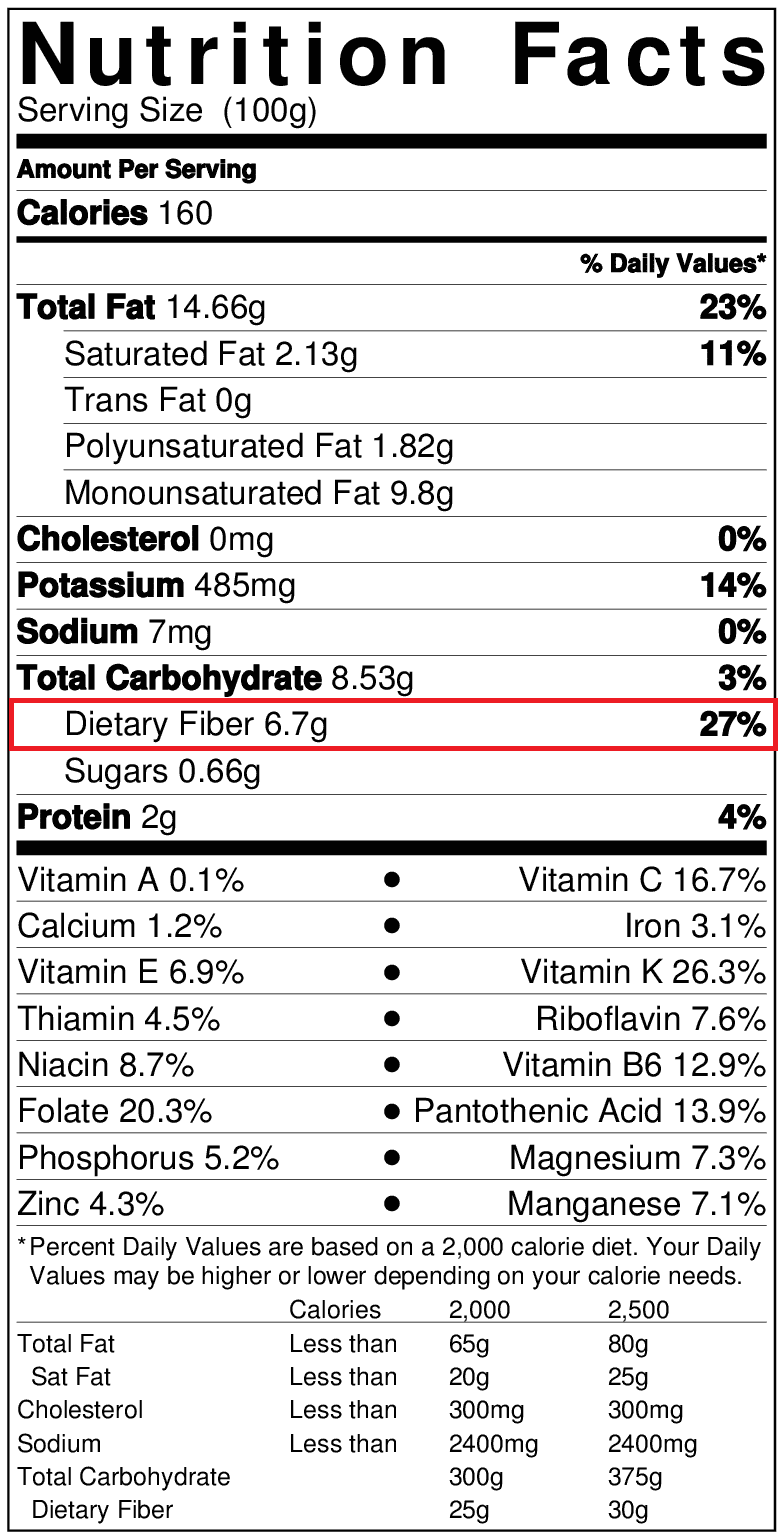Chicory Root Fiber, Inulin, Oligofructose And Fructooligosaccharides (FOS)
Source
Chicory (Cichorium intibus L.) is a biennial plant in the Asteraceia family that is also known as succory, hendibeh, blue daisy, blue dandelion, blue weed and coffeeweed. The root stores the carbohydrate energy known as inulin.1
Background
Inulin is present in numerous fruits and vegetables. It has been consumed by man since ancient times, and it is estimated that men living in the North-American Chihuahua desert over 10,000 years ago consumed 135 g of inulin per day.2 Inulin is a complex carbohydrate that is the chicory plant’s source of stored energy. When dried, the chicory root contains about 17 percent inulin.
To isolate inulin, roots are harvested, washed and cut into slices, allowing inulin to dissolve in hot water, which is collected then dried.1 Chicory inulin is a linear ß (2->1) fructan consisting of chains of fructose units (up to 60 and more units) which may have a glucose unit at the beginning (GFn; G:Glucose, F: fructose, n: number of fructose units). The shorter chains of inulin are called oligofructose or fructooligosaccharides (FOS). Chicory root fiber is undigested since the bindings between molecules are not hydrolysed by human enzymes.3 Extensive research over 20 years, including more than 150 human intervention studies, substantiates the nutritional and health-related properties of chicory root fiber.
Nutritional properties
As a dietary fiber, chicory root fiber remains unabsorbed and undigested until it reaches the large intestine. Microbiota in the large intestine, particularly Bifidobacteria and Lactobacilli, use chicory root fiber as a nutrient. The breakdown products of this saccharolytic prebiotic fermentation are short chain fatty acids and other metabolites.
Physiological Benefits
- Gut microbiota support: Modulation of the gut microbiota by promoting growth of Bifidobacteria and Lactobacilli (proven prebiotic).
- Digestive Health: Improvement of digestive health by supporting normal regularity (increase of stool frequency per week and improvement of stool consistency).
- Weight management support: Helps us eat less naturally, which supports weight management by helping to affect hunger/satiety, gut hormones, longer-term energy intake, weight loss and body fat composition.
- Bone health support: Increase of calcium absorption and increase in bone mineral density.
- Blood sugar management support: Improvement of blood sugar profiles and insulin profiles.
- Blood lipid management support: Improvement of blood lipid parameters including reduced LDL and total cholesterol and improved HDL cholesterol.
Benefits
Modulation of the microbiota – Established prebiotic: Chicory root fiber is a prebiotic shown to influence the microbiota growth of Bifidobacteria and Lactobacilli in the gastrointestinal tract. The prebiotic effect has been observed with a minimum intake of 5g/d and has been observed across the lifespan from infants to elderly in 45 human intervention studies.4,5
Research on the effects of chicory root fiber on the gastrointestinal microbiota started in the mid-1990s. It was determined that chicory root fiber (inulin, oligofructose/FOS) was the preferred nutrient for some groups of the gut microbiota. Thus, inulin is considered a prebiotic as the fiber is “a selectively fermented ingredient that results in specific changes in the composition and/or activity of the gastrointestinal microbiota, thus conferring benefit(s) upon host health”4. Additional beneficial effects have also been described.5
Digestive health & regularity: Chicory root fiber supports digestive health with its effects on regularity when 8-12 grams are consumed during various intake occasions throughout the day. Based on a review of the latest scientific evidence by the European Food Safety Authority (EFSA), the European Commission (EC) approved a health claim related to improved regularity because of an increase in stool frequency.7 Stool consistency is also influenced positively so that hard stools and painful defecation can be avoided.8
Long term weight management: Chicory root fiber helps us eat less, as determined in 19 human studies that evaluated satiety and energy intake and 16 studies that addressed body weight management.9,10
Chicory root inulin can be used both as an added fiber and as a low-calorie replacement for sugar or fat in various foods. The caloric value of chicory root fiber is 1-1.5 kcal/g, which is less than other carbohydrates that provide 4 kcal/g or fats that provide 9 kcal/g.
Bone health: Chicory root fiber improves calcium absorption by increasing the acidity in the large intestine and increasing the surface for calcium absorption in the large intestine. It has also been confirmed that the calcium reaches the bone and supports bone health. Ten human intervention studies with chicory root fiber including a large US Department of Agriculture/National Institutes of Health (USDA/NIH) study with 100 adolescents consuming 8g of oligofructose-enriched inulin per day have been published.1
Blood sugar management: In 2014, EFSA evaluated data and had a positive opinion that replacing 20 percent of sugars with chicory root fiber helps achieve lower blood sugar levels and insulin levels.12,13
Glucose homeostasis, body weight and insulin sensitivity were also improved in subjects with prediabetes after 6 weeks of 30g/d intake independent of the lifestyle and compared to control (cellulose).14,15
Improved metabolic status on blood lipids: Reduced LDL and total cholesterol as well as reduced triglyceride levels were demonstrated in meta-analyses of randomized control trials in hyperlipidemic individuals or overweight and obese subjects consuming inulin.16 Prebiotics, including inulin, oligofructose, or fructooligosaccharides, reduce triglyceride and increased HDL-cholesterol in diabetic subjects.17
What types of food is chicory root fiber, inulin, oligofructose and FOS typically found in?
Chicory root fiber is a soluble fiber that – apart from the mentioned health benefits – has additional texturizing and sensorial properties that allow for fiber enrichment as well as for sugar or fat replacement in a large variety of product applications including e.g. bakery foods, cereals, dairy products and alternatives, confectionery, beverages, spreads, soups and sauces, dressings, ice cream, meat and vegetable products, snack, granola, and nutrition bars as well as infant and special purpose nutrition.18
Recommended Daily Intake
“Of the under-consumed nutrients, calcium, potassium, dietary fiber, and vitamin D are considered nutrients of public health concern because low intakes are associated with health concerns.” – Dietary Guidelines for American 2015-2020 (8th edition).
In the United States, the recommended dietary fiber intake is 14g/1,000kcal. For an average adult, this means a daily intake of 25g (female) or 38g (male). Most Americans only consume about half of the recommended intake (13.5 and 18g, respectively). This shortage in our diet is called the fiber gap.
Given Americans’ current eating habits, closing the fiber gap without consuming fiber-enriched foods would also mean significantly increasing calorie intake. To reach the recommended fiber intake without fiber-enriched foods, most Americans would need to increase their calorie intake by more than 500 calories per day. But meeting fiber requirements doesn’t have to mean adding calories if fiber enriched foods are consumed. Studies have shown, for example, that enriching grain foods with fiber (2.5g–5g) resulted in a fiber intake of 24.7g–39.1g/day with no caloric increase. (Nicklas et al, 2011; Jones, 2014)
Fiber-enriched foods help bridge the fiber gap while delivering excellent taste and additional metabolic benefits. The overall diet should have a mix of various fiber types.
Consuming a Variety of Fibers
Although most fibers will have more than one health-related effect, no one fiber can produce every potential health benefit. Some effects are well recognized for a large number of different fiber types, while others can be very fiber specific. To maximize the health benefits of fiber, it is important to consume a variety of fibers.
Fibers can be found in many different foods. The amount of fiber per serving can easily be found by looking at the Nutrition Facts Panel for the Dietary Fiber line.

Additionally, the fiber content in foods like raw fruits and vegetables that do not have a nutrition label can be found here.
Gastrointestinal Tolerance
Increasing fiber intake suddenly, particularly in individuals consuming a low fiber diet, may result in gastrointestinal effects, such as an increased number of stools per week, having softer stools (but not diarrhea) or having increased flatulence. These effects are due to either bulking effects or due to the fermentation of fiber in the gastrointestinal tract. These potential effects can be minimized by increasing fiber intake more gradually to allow the gastrointestinal tract to adapt. Thus, it may be helpful to decrease fiber intake until these feelings subside and then gradually increase fiber intake until the recommended intake of 14g/1,000kcal is achieved.


